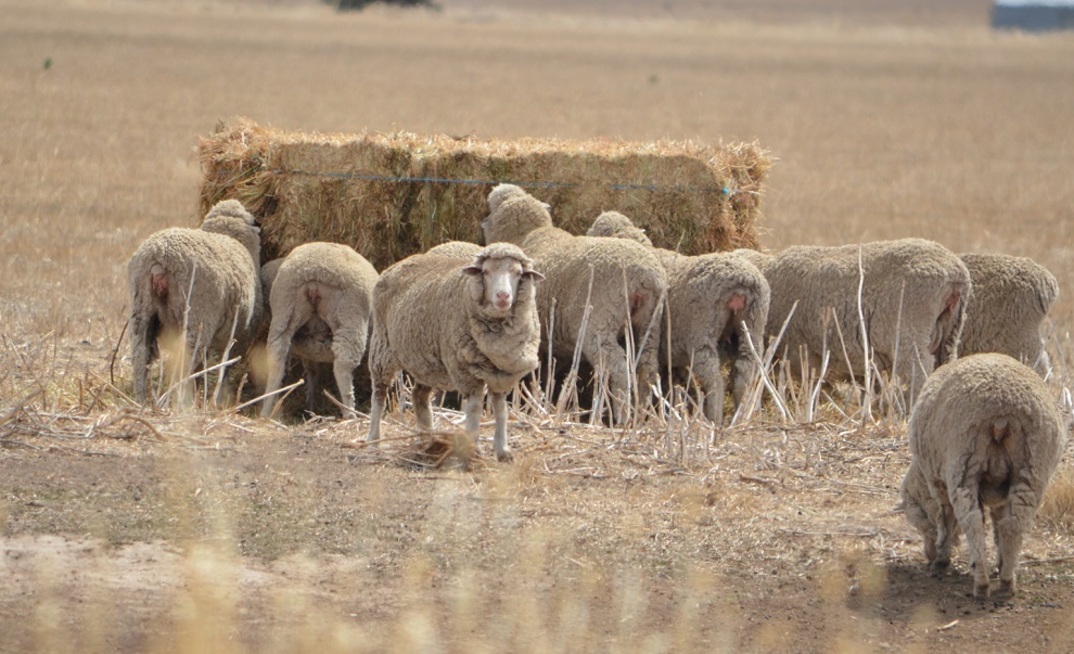MLA said this was the second largest nominal price difference on current records, with a trade lamb to mutton difference of over 70 per cent reported by saleyards for most weeks since September.
It also reported never-seen-before discounts between mutton and trade lamb in Western Australia, as mutton prices hit a new 2023 low at the final WA sales for the year.
National Livestock Reporting Service (NLRS) data shows mutton was fetching an average price of 48.54 cents per kilogram carcase weight (cwt) in Katanning and 62.34c/kg cwt in Muchea at the final sales, compared to 424.62c/kg cwt in Katanning and 480.92c/kg cwt in Muchea for trade lamb
MLA senior market information analyst, Erin Lukey, said the Australian sheep flock size, coupled with announcements of a poor seasonal outlook, resulted in record yardings last year, which caused the sheep and lamb market to ease significantly.
Lukey said weekly mutton prices eased 76 per cent from their 2023 peak at 439c/kg cwt in May, to 104c/kg cwt in October. As at 21 December 2023 the national mutton indicator was 150c/kg cwt and the national trade lamb indicator reached 634c/kg cwt, which the second largest nominal price difference on record since 2000.
"The only other time the cent figure difference has been this high was in January this year when the split reached 493c/kg cwt," Lukey said.
With the average carcase weight at 24.7kg in the week prior to Christmas, the prices equated to a $120 difference in head terms.
Lukey said while the nominal difference is interesting to observe, the percentage difference provides a more realistic understanding of the intensity of the discount and its comparison to previous trends.
At the time of the analysis on 21 December 2023, the mutton indicator was 76 per cent below the trade lamb indicator.
"This is not a record figure, though has been a trend over the last three months," Lukey said.
"Since mid-September, the price difference has sat between 63-78 per cent.
"When looking back to 2000, successive weeks of a difference greater than 70 per cent has only occurred twice before.
"For 14 weeks in 2006, the difference settled between 73 per cent and 84 per cent caused by high supply, and low rainfall across the east coast, and the first three months of 2000 where the difference didn't drop below 71 per cent."
PRICE GAP GROWS IN WA
Lukey said WA mutton indicator trends were below the national indicator, with a greater divide between mutton and trade lamb prices at an 85-86 per cent difference in the four weeks leading up to the report.
WA mutton prices ranged between three per cent to 64 per cent below the national price, with sales in December returning the greatest weekly price difference to the national price since 2000.
"This growing gap has been driven by the WA mutton market easing in the last weeks of 2023," Lukey said.
"Coming into the tenth week of below 100c/kg cwt, the WA mutton price is at 65c/kg cwt in the last week of saleyards.
"This is the lowest it has been since November 2006 when prices reached 55c/kg cwt."
MLA is due to commence reporting at the end of the week, as the first sheep sales for the year kick off today in New South Wales at Guyra and SELX Yass, in South Australia at Mount Gambier and Victoria at Hamilton.
























